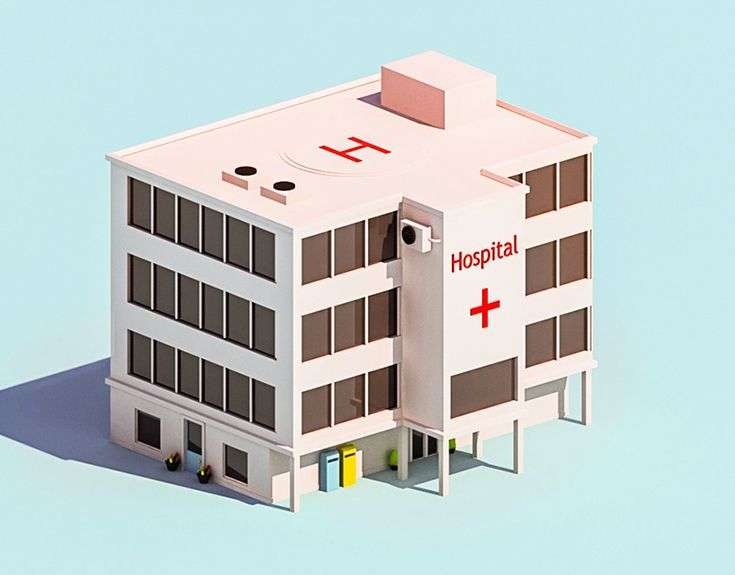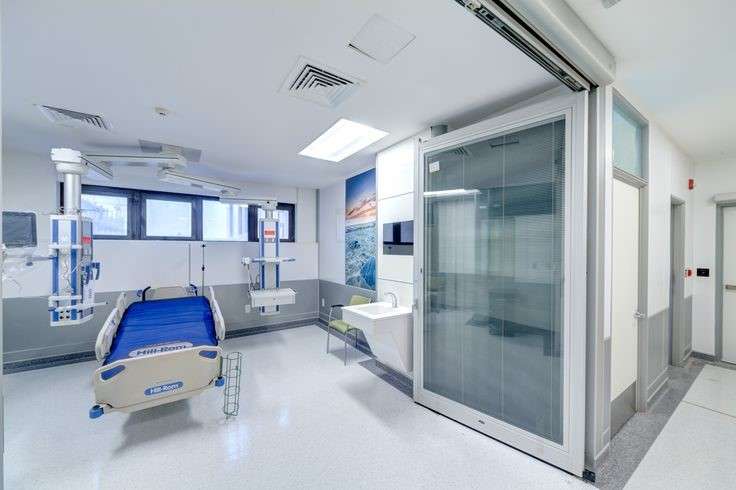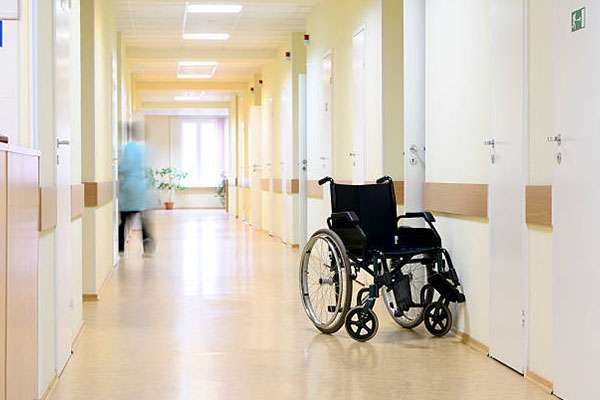
“Hidden Complication in Role of Layout Planning in Healthcare Facilities”
July 25, 2022
The Role Of a healthcare Consultancy Firm In Financial Planning
July 25, 2022The COVID pandemic revolutionized life as we knew it. Unknown concepts like social distancing, use of masks, RTPCR tests, checking of vaccination certificates became common practices. The medical landscape underwent several shifts in paradigm due to this global health catastrophe. One important transition was the rise in the popularity and usage of telemedicine services.
Telehealth is a healthcare method that assists patients in connecting with their physicians using media like texting, streaming, zoom calls, videoconferencing etc. It is an interactive facility in which there is a two-way communication between the patient and his/ her doctors.
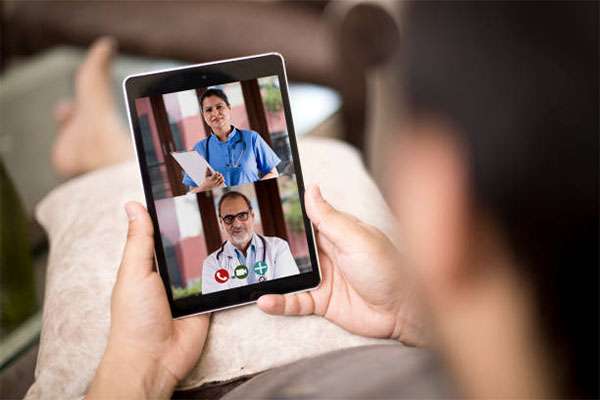
In the initial stages of the pandemic, when fear and panic levels were high, patients did not want to visit hospitals for normal health issues and chose to connect with physicians using long-distance methods like Telehealth.
Telehealth includes the following aspects of treatment
- Diagnosis through videocalls
- Medical advice about treatment
- Monitoring of health conditions
- Follow-up
- Counselling
- Lifestyle management tips
Before the arrival of the corona pandemic, patients used to prefer a face-to-face consultation with their doctor and start treatment only after in-person discussion and interaction. But COVID put hurdles in the way of this type of medical visit. The consequent lockdowns led to restrictions and limitations in travel and people realized that they would either have to postpone their treatment or resort to telehealth facilities.
At that time, there was no other option, but telehealth has retained its relevance even today as people found this method to be a convenient and comfortable replacement to hectic hospital visits and crowded waiting rooms for non-emergency care.
Pros or benefits of Telehealth services
- Improved access to preventive care
- Convenience for incapacitated and elderly patients.
- Prevention of crowding in waiting areas.
- Reduction of fear of spread of infectious diseases
- Comfort of Consultation from home
- Facilitation of monitoring and management of existing health conditions.
- Timely detection of illnesses.
- Improvement of lifestyle due to diet, exercise, mental health counselling.
- Ease of sharing medical records with physicians
- Access to several specialists in a single conference call to get multiple medical opinions at one go.

Cons or Drawbacks of telehealth
- People in remote areas where internet connectivity issues exist may not be able to get the benefits of telehealth services.
- In a country like India, not every person can afford a mobile, iPad or laptop. Hence, not a valid option for the economically weaker section of the society.
- Patients who are not very tech savvy may lack the skill to use telehealth.
- Patients may feel hesitant to share private health issues during a conference call.
- Only non-serious issues can be tackled. Is not the right option in an emergency health condition.
- Fear of encroachment on privacy of patients.
Some examples where telemedicine can be successfully used
1. Routine monitoring of health conditions
There are numerous chronic conditions like hypertension or diabetes that require routine monitoring. Telehealth services can be used for this.
2. Benefit to elderly and incapacitated patients
Many seniors and movement restricted patients find telehealth facilities to be convenient as they gain access to healthcare services from the comfort of their homes.
3. Preventive care
Telemedicine can help to diagnose disorders and deficiencies before they blow up into health crises.
4. When cross- consultation is needed
Sometimes, a number of specialists have to consult before making a treatment decision. Telemedicine services can facilitate this multi-department and multidiscipline interaction and exchange of information so that the best possible solution can be found. Sometimes, specialists from across the globe confer using this service.
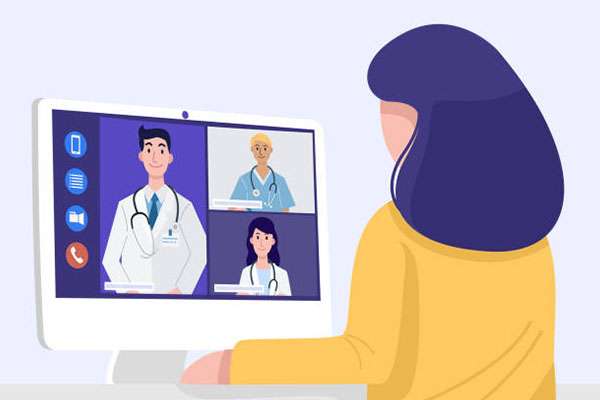
5. Accessible specialized care for remote places
Remote or inaccessible areas like hilly areas or forest areas may have a lacuna of specialized care. Telehealth can help patients in such areas to gain access to expert opinion and specialized healthcare through telehealth facilities.
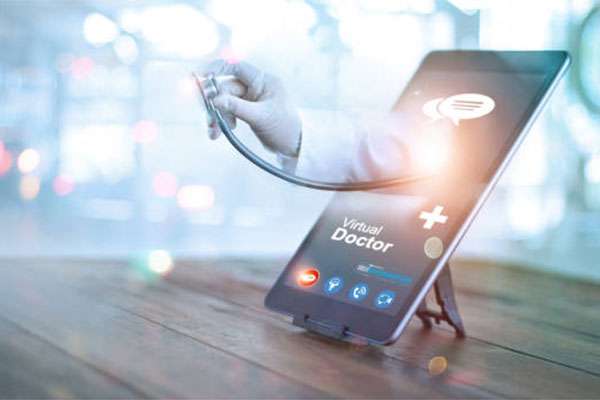
In a country like India, the burgeoning population has put a massive burden on our strained health systems. Here, if regular check-ups, non-emergency consultation and monitoring and counselling are done through the medium of telemedicine services, it can take some of the load off our overworked physicians and our fraught infrastructure.
If you are a healthcare professional or a medical entrepreneur, be sure to incorporate telehealth services in your institution as it can improve your hospital’s brand image and reputation and add convenience to patient experience. If you need any help in this endeavour, be sure to consult Hospertz, one of the leading healthcare consultancy firms in India for guidance on how to set up telehealth services in your health centre.
Blog has been written by Dr. Vishal Jadhav, a veteran in the field of hospital consultancy with a rich experience of more than 20 years and founder of the Healthcare Consultancy Firm, Hospertz.
Dr. Vishal Jadhav, Director
hospertz@gmail.com
+91 9867712705/ 9820833149


